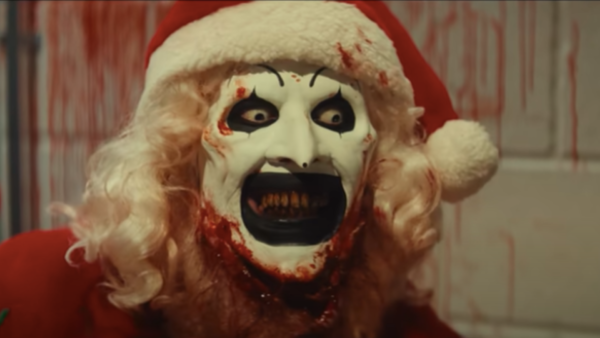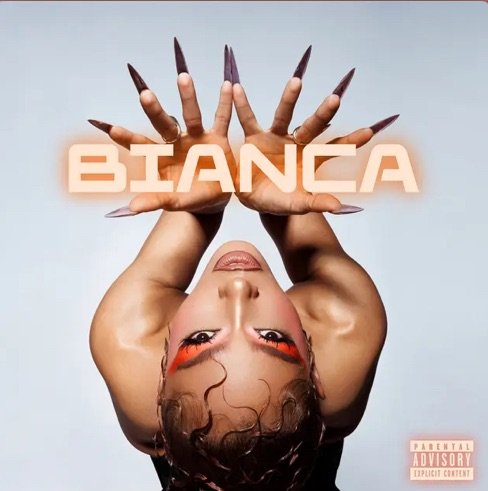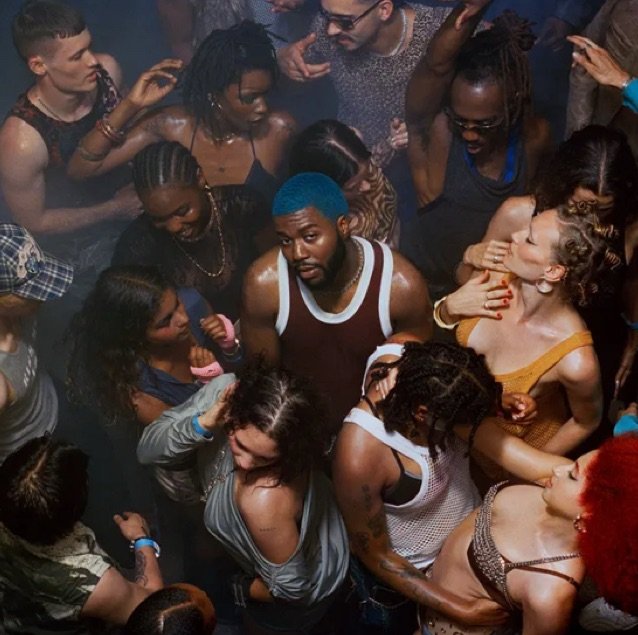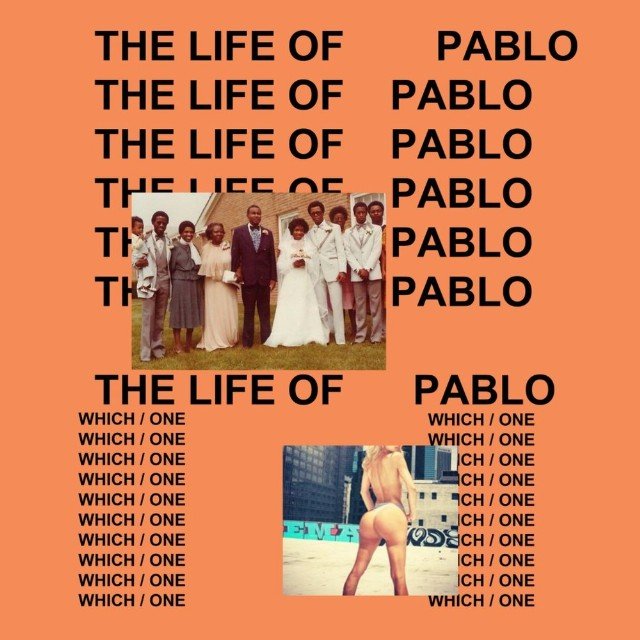
It may not be common to describe a Christmas-set, unrated, obscenely grotesque gore-fest as a feel-good movie, but Damien Leone’s Terrifier 3 is precisely that. What began as a modest independent horror effort on the part of writer/director/editor Damien Leone has blossomed over more than a decade. Leone’s first foray into the material was a Terrifier short film released in 2011, and since then, the concept has expanded to include anthology installments like All Hallow’s Eve and now its own trilogy of feature-length entries. The franchise’s staple character, Art the Clown (played by David Howard Thornton), has become a bona fide fixture of pop culture, and the past two films have become genuine box office sensations, all without losing the low-fi, nitty-gritty edge that made them infamous in the first place
Terrifier 3 is very much the result of this ingenuity, boundless ambition, and hard work—a culmination of everything that has come before it. As the films have grown in popularity, each installment has improved, and most crucially, Damien Leone has honed his craft, establishing himself as a great filmmaker. Calling the Terrifier films the John Wick of horror franchises feels apt. Both started as little movies that could, handcrafted by underappreciated genre connoisseurs, and learned invaluable lessons with each passing installment. Just as one can watch Chad Stahelski’s filmmaking craft evolve with each John Wick film, one can see Damien Leone and the Terrifier films evolve similarly.
To this extent, Terrifier 3 is Leone’s most accomplished work to date. As the writer, director, and editor of these films, Leone has never lacked daring ideas or a willingness to push the envelope. However, in Terrifier 3, he approaches the cinematic language of this franchise with newfound confidence and conviction. Evidence of this can be seen in the film’s excellent opening prologue, which introduces audiences to the yuletide setting and aesthetic while immersing them in the suspenseful ebb and flow of Leone’s craft.
The cinematography of Terrifier 3 is also a visceral delight. Visually, Leone and cinematographer George Steuber have opted for a meticulously sculpted look that embraces cinematic lighting in inspired ways. Many frames evoke the lighting setups of the great Dean Cundey, which is among the highest compliments one can give to a horror film. Similarly, Paul Wiley’s synth-driven score is a perfect complement to the visuals, sounding fuzzed and rugged in the best ways. It feels as if the vintage score has emerged from some lost-media VHS tape, pouring through the theater speakers, showcasing Wiley’s skill in crafting crashing stingers and haunting melodies.
While there is no shortage of boundary-pushing, infamously vomit-inducing gore throughout Terrifier 3, it is the sheer fidelity and meticulousness of its craft that struck me repeatedly as its greatest strength. It may seem odd to commend a film featuring Art the Clown chain-sawing a man’s backside for its restraint, but here we are. Despite its gory indulgences, some of the most striking and impactful moments in Terrifier 3 come from Leone opting to let the audience’s imagination play a more significant role than in previous installments. Notably, the very first kill occurs entirely off-screen, relying on the empty space within the frame and the rafter-rattling, intricately crafted sound design to convey the horror. This approach proves to be even more striking and horrific.
This is a testament to the rugged and immersive sound design, which cranks the volume to invasive levels, amplifying the brutality of each effect, and to Leone’s editing. The editing in this film is frequently astonishing, making smart choices that accentuate the horror in profound ways, often reminiscent of George A. Romero’s multi-faceted editing in Night of the Living Dead. A simple jump-cut during Art the Clown’s first proper visual introduction works wonders, feeling atonal and incisive, effectively showcasing Thornton’s gregarious insanity through precise craft.
As much as I enjoy the formal elements of the film, it’s essential to note that Leone employs a surprising amount of restraint in some of the film’s best moments. However, this does not mean that the go-for-broke gory set pieces leave anything to be desired. The practical effects work in the film’s carnage-filled sequences is astonishing in its artistry. It feels entirely appropriate that VFX legend Tom Savini cameos in the film, as the Terrifier films stand out as some of the last true torchbearers of this sacred craft. While many horror films have turned to digital effects, Terrifier 3 remains steadfastly committed to handmade, articulate, old-school effects work, and it’s incredibly impressive to see it executed so skillfully.
Additionally, despite the inevitable hand-wringing and think pieces that Terrifier 3’s gratuitous video-nasty violence will inspire, this film largely presents that violence through a lens of dark, twisted humor. Art the Clown has always executed his deeds with a perverse sense of humor, and the films themselves have never shied away from maintaining this tonal alignment. Terrifier 3 is the funniest installment to date, with several horror sequences blending the same darkly comedic elements that filmmakers like Sam Raimi and Peter Jackson have explored for decades.
A standout sequence involves Art the Clown’s encounter at a bar, where he meets a mall Santa and Clint Howard. This scene works tremendously because it explicitly mines this unique tonal blend for tension and suspense. The buildup is both funny and nerve-wracking. In Hitchcock’s “bomb-under-the-table” logic, Art serves as the bomb here: we know he’s going to kill them, while the bar patrons remain oblivious, making their goofy interactions increasingly tense as events escalate. I would argue that the film’s violence becomes genuinely, earnestly vulgar and upsetting primarily when focused on protagonist Sienna Shaw, particularly in the final act—and that is very much by design.
Lauren LaVera plays Sienna, delivering a heavy and emotionally resonant performance with finesse. As the sole survivor of the previous film’s events, Sienna grapples with survivor’s guilt and PTSD throughout most of this film. Leone’s filmmaking is exceedingly post-modern, featuring overt references to classics like Black Christmas, The Shining, and Psycho, and it seems acutely aware of the ways it plays with longstanding horror tropes. Leaning into LaVera’s strengths as a performer is Leone’s boldest and most effective move. LaVera is a bona fide movie star, the kind of protagonist audiences love to root for, as she skillfully brings complexity to her character’s emotional state.
My only real criticisms of Terrifier 3 are that it occasionally feels overly serialized. Some of Art’s horror set pieces appear disconnected from the main themes, causing them to feel more like momentum slowdowns than integral contributions to the story. These sequences work exceedingly well in isolation but contribute to an overall impression that the film is less than the sum of its parts. While the opening prologue is effectively disconnected from the primary story—successfully setting the tone and mood—it becomes more of a hindrance when the film is deep into its second act, and the Art-centric set pieces begin to feel increasingly detached from the overarching narrative.
Additionally, Terrifier 3 feels acutely aware that it is the third installment in a long-running horror franchise likely to continue for several more entries. As a result, it introduces substantial, status quo-altering ideas but largely reserves them for the finale, failing to provide a satisfying conclusion in its own right. Leone has mentioned in interviews that several scenes had to be cut from the theatrical version for pacing reasons, and I suspect I can identify where those edits occurred, as some significant character moments feel predominantly off-screen or conveyed through ADR, contributing to the sense of over-serialization.
Nonetheless, these criticisms are minor compared to the monumental achievement that is Terrifier 3. Not only has this film brought an unrated independent horror experience to widespread audiences, but it has done so with the best cinematic craftsmanship of the franchise to date. If these films have taught us anything, it is that Leone is bound to learn a great deal from this film and apply further growth and enhanced craft to the next installment, an idea that is immensely exciting.
RGM GRADE
(B)
Terrifier 3 is a testament to the gumption, ambition, and resilience of Damien Leone and his team. After tirelessly working for over a decade to hone and refine their craft, Terrifier 3 stands as an immensely satisfying and astonishing culmination of all that has come before it. This installment delivers everything fans hope for from a Terrifier film and more, with the most surprising aspect being how articulate and gifted a filmmaker Leone has become.
Discover more from RATINGS GAME MUSIC
Subscribe to get the latest posts sent to your email.










